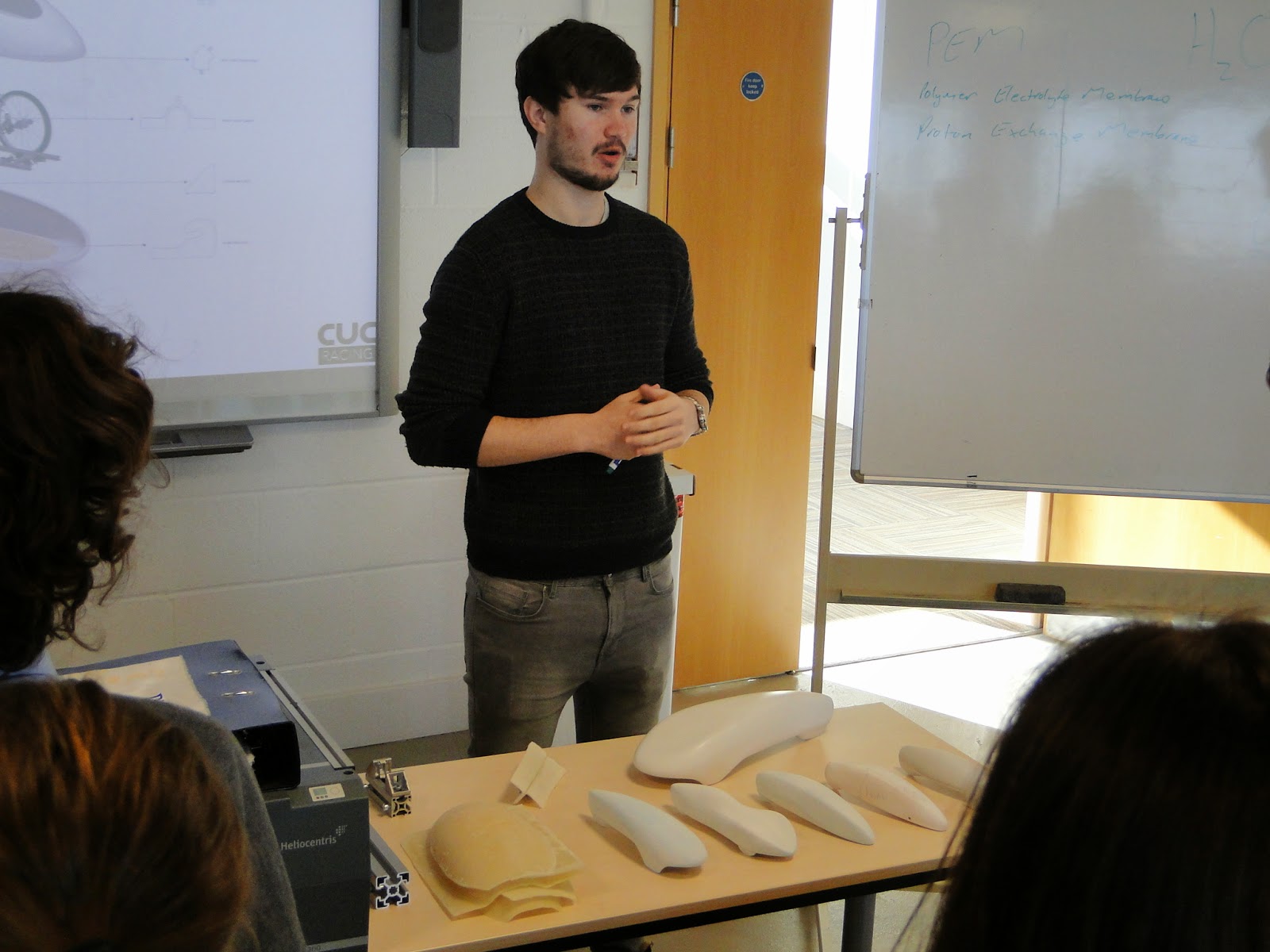Fiberglass is not an environmentally friendly material however it has properties that other materials struggle to match. The fiberglass body is also likely to last many years and can easily be repaired, so it may actually be better than a body made out of an eco-friendly material that has to be remade multiple times.
When working with fiberglass it is important to have the correct PPE gear. Respirators and good ventilation are a must.
In order to keep costs down we had to use the old body as a mould. The correct way to do this would have been to make a mould from foam however the cost of the foam alone would have exceeded our budget. We would have then had to have the mould cut out using a CNC machine to get the high quality finish we were looking for.
The first thing we did was adapt and pack out the previous body with foam to get the aerodynamic improvements we were looking for. This included shrinking the nose an adding a tail to the car. The tail is very important as the current tail is flat and causes a lot of drag. We also removed 'pinch' points in the wheel arches and raised the front to allow air to flow over the driver. Once the amendments were completed we shrink wrapped the car so that we could remove the body when complete.
Foam panels were then added to the car to stiffen it up before another layer of fiberglass was added.
The new car body is still under development but we will release pictures when it is finally completed. We hope to be able to test the new body at Castle Coombe. We have also made some other modifications that we hope will improve performance.
To be continued......













